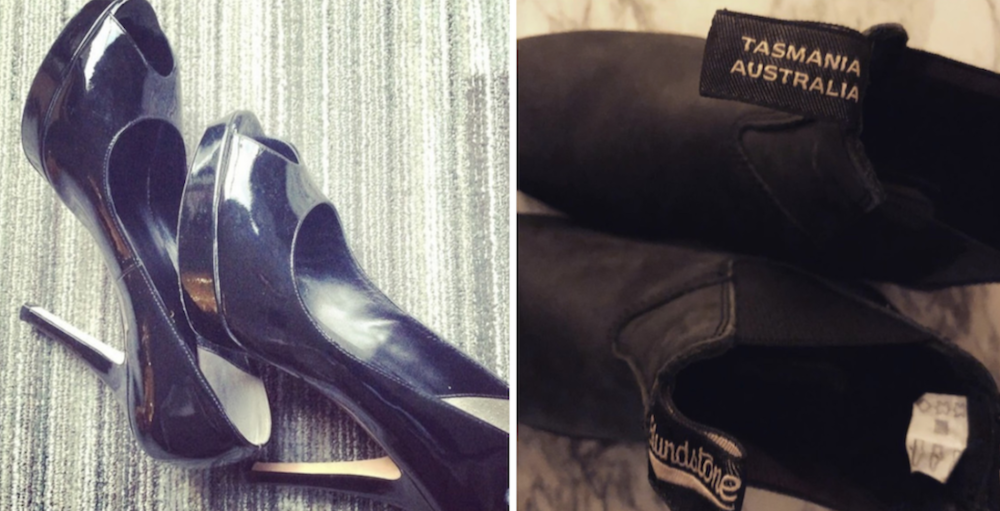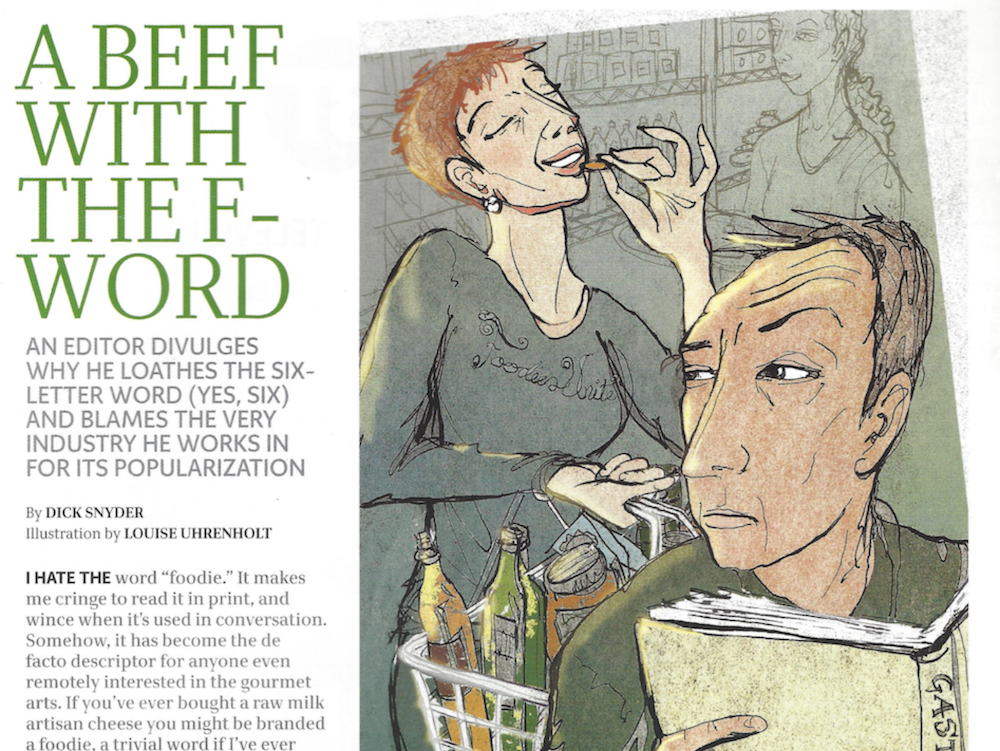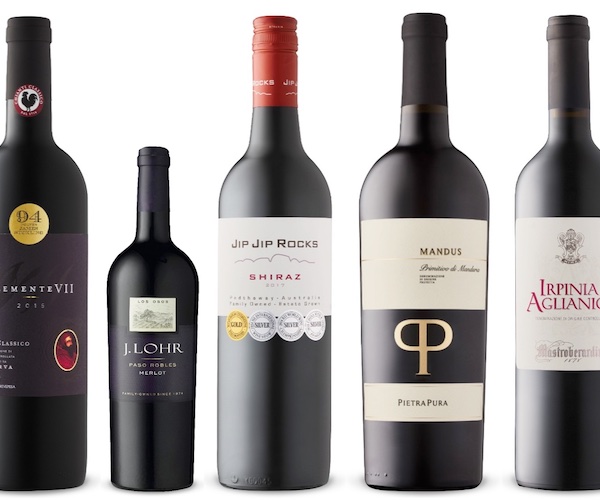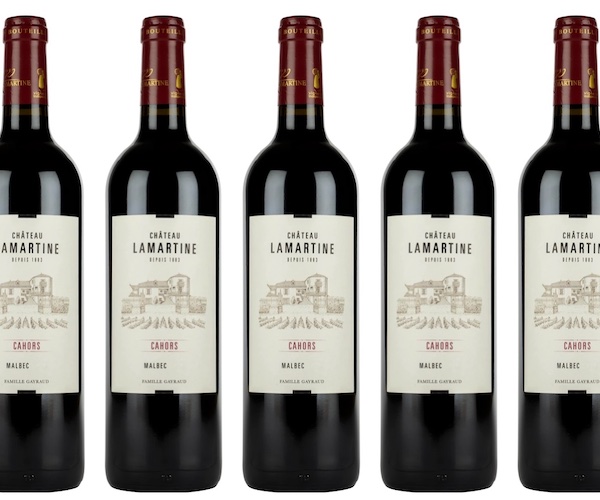
In which it turns out steel-toed Blundstones are more comfortable than the civilian kind – and a completely different perspective than four-inch heels.
“Doing a harvest” sounds aspirational and Insta-friendly – and almost is. There’s euphoria from the sheer adrenaline generated by long hours and high stakes played out against a pastoral autumn-in-wine-country setting. Showing up afterwards to haul hoses around a cold winery or top endless barrels is a more concrete test of commitment.
A reasonable person would ask: “Commitment to what? And why?”
I just said: “Sure. Why not?”
We will not, for now, delve into the hows and whys of my history of questionable, capricious decision-making and just focus on the results of this most recent one:
- All my limbs are covered in so many bruises;
- My hands are the texture of sandpaper and etched with deep purple lines;
- I am sleeping well for the first time in possibly my whole life.
Collectors’ brains light up at the prospect of the next acquisition. For lawyers, stockbrokers, and others with money who are into wine, the next rare bottle is always there to chase. For those in the trade, who earn far less money but have more opportunity to taste, that thing dangling just out of reach is the next level of knowledge.
Some people chance into the beverage alcohol industry and find it offers a decent living that also supplies a snazzy lifestyle and crowd-pleasing benefits. That’s nice, but I’m not one of you and neither are most of my fellow travellers. We do weird and obsessive things and direct most of our time, money and attention back to wine, in one way or another. Quizzing someone who’s just arrived for Sunday dinner with a blind flight of Sercial Madeira, Amontillado sherry, and Cachaça is just, well, Sunday dinner if you’re one of my kind.
Our brains light up at the kind of knowledge you can’t get second-hand. In pursuit of that knowledge, I’ve worked in some amazing places: retail and restaurants and agencies and wineries – always thinking the next job would be the one where things fall into place and I finally really know what I’m doing. (Spoiler: This is not that.)
Whatever I end up doing, my core skillset is that of a solid wine marketer. You need your P&L analyzed, RTM overhauled or channel management put in order, I can do that. My creative briefs shine like a beacon of clarity in an industry that, frankly, sucks at analysing the how and why of success. This work has value – somebody’s gotta keep the lights on, which involves understanding the language of money. That’s where the few and the genuinely interested in talking about direct-to-consumer audience segmentation come in.
Yet tomorrow my major task will be cleaning a thick layer of tartrates off a tank wall. It will take hours. I don’t know if I could explain to my grandmother, who cleaned when factory work wasn’t available so she could provide for her children’s study, why I’m doing what I’m currently doing for work. I can’t explain it to myself on the days when I’m exhausted, frustrated at my inability and, in the words of a co-worker, “Shuffling around like a zombie.”
But there is something here, in the weeds of producing wine, that I want to know. I’m not sure what it is, but my reptile brain insists that next bit of understanding is right here, just around a corner or maybe inside a tank. I’ll keep you posted.
Profit and Loss: It’s the bottom line and incredibly important. Sales are important but the fundamentals backing it up are arguably more so. Ignore COGS at your own peril. I cannot count the number of times I’ve told salespeople that you cannot lose $10/case and make it up on volume.
Route to Market: Generally to do with your importer/distributor/agent. It’s a question of how to approach the overall sales opportunities in a given geographical area.
Channel Management: The Alpha and Omega of selling pretty much anything. What product needs to be where to create demand and also move required volume?







